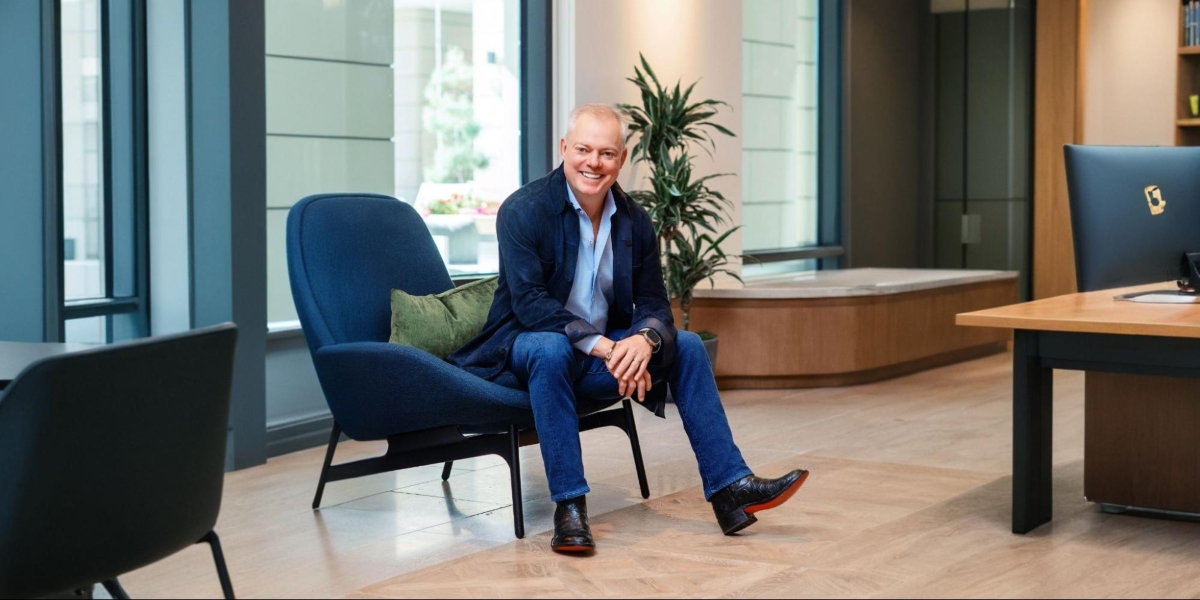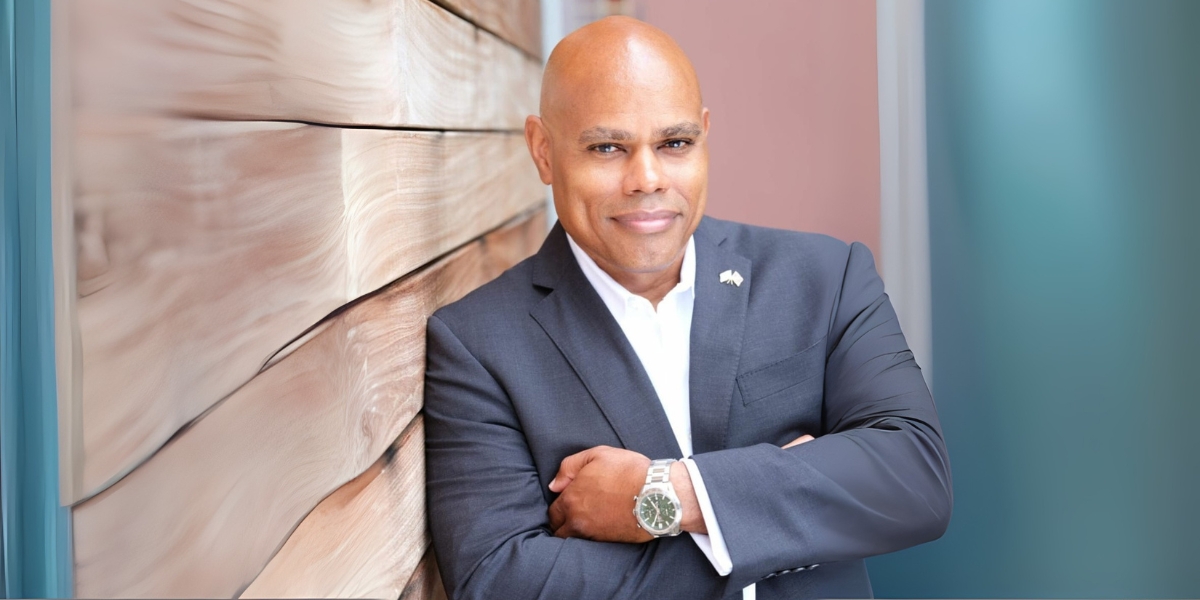By: Zach Miller
With Fortune 500 companies like Starbucks and Mitsubishi relying on consensus decision-making to drive their industry-leading status, many C-suite executives are waking up to the importance of communication and rapport in developing gainful business strategies and making difficult decisions.
As a veteran CEO responsible for transforming three major corporations, hoisting them out of downward trends, Jack Truong has long held the belief that while workplace consensus-building is a powerful tool to push a business toward success swiftly, it must be structured around the “foreman and Norman” approach, where executives create a space for everybody’s voice to be heard while grounding their decisions in their established expertise to help ensure the coalescing around a clear and unwavering direction.
“I call it ‘foreman and Norman.’ You want to create an environment at the beginning where all people have the freedom to voice their opinions and voice their questions and concerns so that you get everything out,” Truong explains. “But then after that period, the leader, the CEO, has to make the decision. OK, I heard you, but this is where we’re going to go”.
“But you’ve got to allow people the opportunity to voice their concerns and opinions. Then, at the end of that period, the CEO has to make the final decision: this is what we’re going to do.”
Workplace consensus is crucial to encouraging productivity and morale, but when it comes to making difficult decisions and forming the strategies that will guide a company’s mission and operations, this consensus should be formed around the final word of those with the leading expertise — the supervisors, executives, and CEOs.
With over 30 years of experience leading diverse global enterprises, Jack Truong has found that the power of an executive’s strategy and decision-making lies in their understanding of the 80/20 rule, which provides CEOs with an essential tool for developing shared direction and a roadmap for success.
“As CEO … you want to make the biggest impact. That means you have to be able to make decisions based on the 80/20 rule, and you can only know the 80/20 when you have a view of what’s going on with your business,” he asserts.
The 80/20 Rule and Workplace Expertise
According to Jack Truong, the key to thinking on your feet and unlocking quick results as an executive is a fundamental understanding of the 80/20 rule, which finds that a business’s financial growth and impacts — the 80% — are dependent on a robust knowledge of its operational aspects — the 20% — that are driving these impacts. Similar to how a foreman understands and oversees all aspects of a construction site, a CEO must have a firm understanding of all of its business operations. The CEO needs to balance all the competing inputs and a wide range of opinions to make a final decision that delivers results such that the “total is always greater than the sum of the parts,” Truong reinforces.
To fully understand this 20%, which includes areas such as a business’s supply chain, branding, and financing, Truong suggests that a CEO should engage with customers, employees, and shareholders to identify the factors that drive the most value. The next step is to develop a strategy that builds on these insights and focuses on key areas for growth.
“Once you know what those are, the 20% of the critical aspects that make the biggest impact to how you want to take the company to the next level, then you have to make sure that as a CEO, you have to take total control and make sure that the functions, the different pieces within the company are connected in those few critical priorities,” Truong points out.
“You’ve got to have a strategy that really takes into consideration the strength and weakness of your business and then be able to align all key functions in the business to execute.
This highlights the importance of consensus-building, as effective communication in the workplace can help align a team around a clear and actionable strategy, helping ensure that everyone understands the value of their role.
“Once I have that, I focus on communication — and a lot of it — not only to my direct reports but then through all the employees in the company. Then you have to show how it’s going to be done and work with leaders to show how the organization can focus on executing that strategy together,” Truong said in a profile interview with CEO Magazine.
Consensus Averts Chaos
Jack Truong recognizes that immediate consensus is an unlikely achievement, but it’s crucial to get everyone on board to steer your course. However, an executive who considers every dissenting opinion to a decision runs the risk of delaying a significant choice, opening up the workplace to chaos and a lack of direction.
“You can’t please everybody. And I think there are a lot of leaders out there that are afraid to make those tough decisions, and when they’re not making tough decisions, then they delay, delay, and that’s when business falters,” he asserts.
When a consensus can’t be reached, Truong finds that reinforcing employees’ values and recognizing their tangible achievements is vital to informing them of the reasoning behind a decision and getting them back on track in alignment with the company’s goals.
“There’s nothing that’s worth more than getting people on board quickly when they see that their effort and their sacrifice deliver on and make a difference to the company results,” he states. “And you need to have the measurement to really show that the actions people collectively do together actually deliver on the results that you wanted and go in the direction that you formed your strategy on.”
To keep employees on the same page, a CEO should be transparent and continuously reassess the progress of their strategies, never being afraid to adjust direction with the constantly shifting tides of the industry. Like a foreman’s indispensable role of reviewing and rewriting construction plans to ensure a building meets safety standards, a CEO has the critical role of analyzing their business strategy and adjusting to demands. Jack Truong posits that while a workplace consensus is vital to initial achievement, continued communication, and evaluation are necessary for sustained success.
“It’s critical because the plan, it’s just a plan. You’re not alone in the marketplace. You have competitors. You have end users and consumers that change their habits,” he says. “So maybe today they prefer product A, but a year from now, because of the environmental change, maybe product C will be better suited because things change. So you’ve got to be able to adjust and adapt to be able to move on to that path. You also need to communicate the result and the wins to all employees often.”
While adjustments are inevitable, one approach that Jack Truong has used successfully to drive value in organizations is the ‘Foreman and Norman’ strategy, which has been effective in his experience.
Before Truong joined James Hardie, the building materials manufacturer primarily operated under a business-to-business model and was experiencing stagnating growth due to its limited market. By aligning the company around a new business-to-consumer model, maintaining a strong focus on execution, and consistently communicating the progress of the strategy, Truong contributed to significant growth in James Hardie’s market capitalization over a three-year period. This success was supported by ongoing consensus and collaboration among employees and stakeholders.
While this consensus was not built overnight, it was nurtured by constant communication and reinforcement, a critical aspect of all business transformations. Seeing is believing, and employees and stakeholders must be aware of the fruits of their labor and capital.
As he mentioned to CEO Magazine, “Bit by bit, that’s when people start to see that this could be the right path – but you have to highlight those small wins.”
Published by: Annie P.









